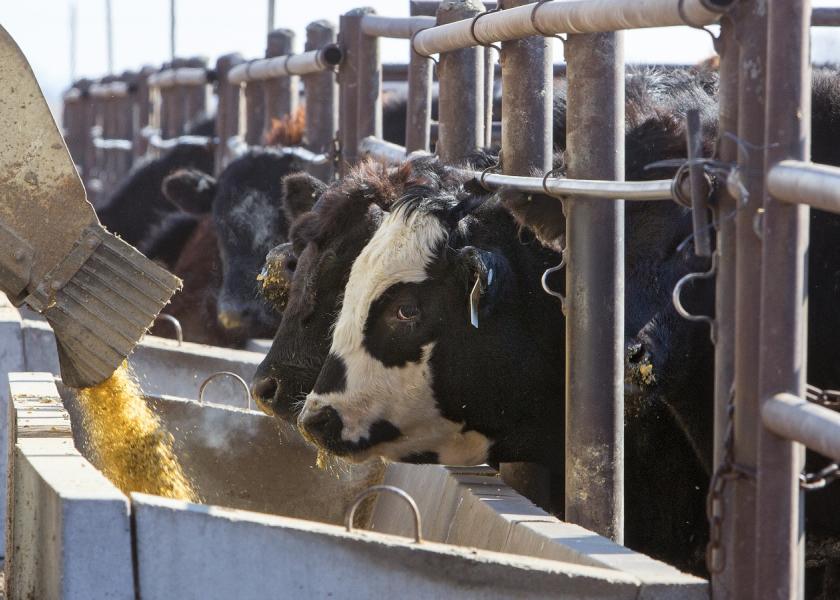Merck Donates $500,000 to West Texas A&M University

Merck Animal Health today announced a $500,000 donation to West Texas A&M University (WTAMU) for its feedlot renovation and expansion project at the Paul Engler College of Agriculture and Natural Sciences.
“We are so thankful for Merck Animal Health’s incredible support of WT and our research in animal production, nutrition, management and health,” said John Richeson, Ph.D., Paul Engler Professor of Beef Cattle Feedlot Management at West Texas A&M University. “It’s our mission to develop a center of excellence for beef cattle research and education and to produce sound research outcomes that are critical to the success of the cattle feeding industry.”
WTAMU’s feedlot, a scale model of larger commercial feedlots in the West Texas region, helps students gain real-life experience with modern feeding systems and advanced technologies. Merck Animal Health is committed to investing resources for training and education for undergraduate, graduate, and veterinary students serving the cattle industry and has a long-standing relationship with WTAMU. Merck Animal Health has provided support for scholarships and internships as well as research projects at the university.
“It’s important for Merck Animal Health to help advance animal health through education and research that is grounded in science in support of the cattle feeding industry,” said John Hutcheson, Ph.D., director of beef technical services, Merck Animal Health. “We’re excited to partner with WT to continue our commitment of developing the industry’s future workforce.”







